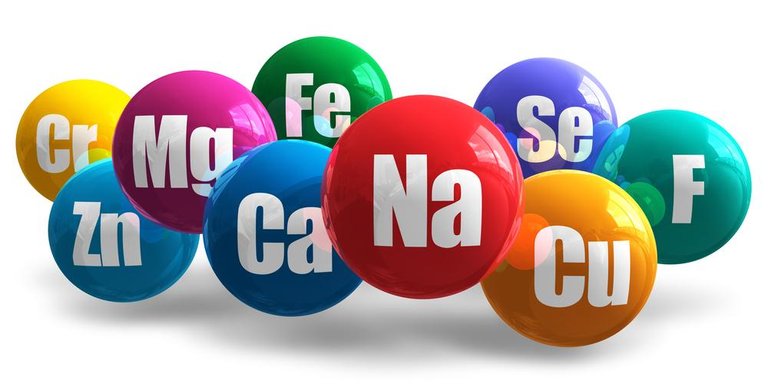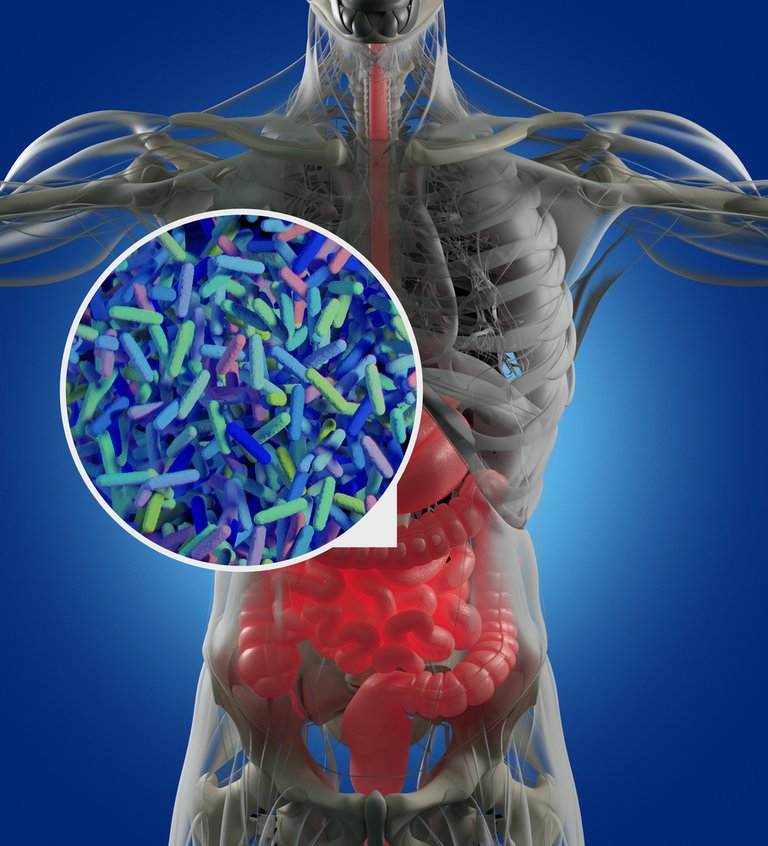Basic Nutrition for Dummies

It influences what you choose to eat and drink, your health, well-being and quality of life.
Throughout human existence, people have attributed special powers to certain foods and developed beliefs and taboos regarding foods.
It was in the second half of the 18th century that scientists started to observe that the intake of certain foods, later called nutrients, and eventually other substances not yet classified as nutrients, influence the function of the body, protect against disease, restore health, and determine people’s response to changes in the environment.
In other terms, it describes the processes whereby cellular organelles, cells, tissues, organs, systems, and your body as a whole obtain and uses necessary substances obtained from foods (nutrients) to maintain structural and functional integrity.
An unhealthy diet can cause you deficiency-related diseases such as blindness, anemia, scurvy, preterm birth, stillbirth and cretinism, or nutrient excess health-threatening conditions such as obesity and metabolic syndrome; and such common chronic systemic diseases as cardiovascular disease, diabetes, and osteoporosis.
Table of contents
- The framework
- Basics
a. Macronutrients
b. Micronutrients
c. Phytochemicals
d. Intestinal bacterial flora - From personal to global challenges
- A practical science with a bright future
- Highlights
1. The framework

On a genetic level it is now accepted that nutrients dictate phenotypic expression of an individual’s genotype by influencing the processes of transcription, translation, or post-translational reactions.
Nutrients and oxygen are provided to the internal environment by the circulating blood, which also removes metabolic end-products and harmful substances from this environment for excretion through the skin, the kidneys, and the large bowel.
Your digestive system, for example, is responsible for the ingestion of food and beverages, the breakdown (digestion and fermentation) of these for extraction of nutrients, and the absorption of the nutrients into the circulation, while your respiratory system extracts oxygen from the air.
2. Basics

You eat food, not nutrients; however, it is the combination and amounts of nutrients in your diet that determine your health.
There are more than 50 known nutrients (including amino acids and fatty acids) and many more chemicals in food thought to influence human function and health.
You may be thinking that in order to have a balanced diet you should learn all related to the chemical and physical structure and characteristics of the nutrients, the digestion, absorption, circulatory transport, and cellular uptake of the nutrient, as well as regulation of all these processes, etc. but no.
Just be willing to learn one new thing at a time and practice it every day.
a. Macronutrients

The macronutrients are carbohydrates, fiber, fats, protein, and water.
The macronutrients (excluding fiber and water) provide you with structural material (amino acids from which proteins are built, and lipids from which cell membranes and some signaling molecules are built) and energy.
b. Micronutrients

The micronutrients are minerals, vitamins, and others.
Dietary minerals are inorganic chemical elements such as calcium, sodium, and chloride.
Vitamins are essential nutrients, necessary in your diet for good health. (Vitamin D is an exception, as it can be synthesized in the skin in the presence of UVB radiation, and many animal species can synthesize vitamin C.)
Be careful with these guys, not too much or too little, just the right amount.
c. Phytochemicals

Phytochemicals such as polyphenols are compounds produced naturally in plants.
Although there is no conclusive evidence in humans that polyphenols or other non-nutrient compounds from plants confer health benefits, mainly because these compounds have poor bioavailability, it may still be a good idea to pack in some greens and fruits because of other vitamins, high amounts of fiber and high anti-oxidant contents (cancer’s worst enemies).
d. Intestinal bacterial flora

Human gastrointestinal microbiota, also known as gut flora or gut microbiota, are the microorganisms that live in the digestive tracts of humans – don’t panic, these guys are actually cool neighbors.
They provide a barrier to pathogenic organisms, so you might as well have sane relationship with your little friends.
The composition of your gut microbiota changes over time, when your diet changes, and as overall health changes.
Make sure to adequately feed them.
3. From personal to global challenges

It was estimated that, during the last decade of the twentieth century, 826 million people were undernourished: 792 million in developing countries and 34 million in developed countries.
In developing countries, more than 199 million children under the age of 5 years suffer from acute or chronic protein and energy deficiencies.
The harsh reality is that having a healthy diet it is not only dependent upon you but on the external factors that surround you as well.
There are 4 stages of nutritional development in a country:
• Individual - food and nutrient intake, physical activity, health status, social structures, care, taboos, growth, personal choice
• Intermediate - family size and composition, gender equity, rules of distribution of food within the household, income, availability of food, access to food
• National - sanitation, agriculture and food security, distribution and conflicts, war, political instability, urbanization, population, etc.
• International - social, economic and political structures, trade agreements, population size, population growth distribution, environmental degradation
You don’t need to be a genius to get a grasp of what’s going on around you and think about the best nutritional alternatives according to your logistics – hell, now nutrition is about politics and strategy as well…unfortunately yes.
However, you can always focus on what you can control (the first two levels) and make the best of your situation.
4. A practical science with a bright future

The main aim of nutrition professionals is to apply nutrition principles to promote health and wellbeing, to prevent disease, and/or to restore health (treat disease) in individuals, families, communities and the population.
Nutrition is now taught in schools in many countries.
In England and Wales, the Personal and Social Education and Food Technology curricula include nutrition, stressing the importance of a balanced diet and teaching how to read nutrition labels on packaging.
And even if you live in an under-developed country or don’t have this kind of education in your school, as long as you are curious enough and have access to an internet connection you’re good to go.
The links between low health literacy and poor health outcomes has been widely documented and there is evidence that some interventions to improve health literacy have produced successful results in the primary care setting.
Just make sure to constantly review your sources and be critical about them, there’s plenty of noise out there (trending magazines, blogs without scientific references, shady studies, etc.). Look for unbiased information, it’s all about the facts.
Highlights
• Understand the basic framework of nutrition and how it helps you to get the most out of your food for your overall health.
• Having the right balance of macronutrients, micronutrients and other substances it’s essential in every diet. So make it colorful and varied.
• A good nutrition sometimes can be hard depending on your life situation. However, focus on the things you can control and always look for creative-healthy solutions.
• Nutrition has been here for a while and still has a long way to go, and even if sometimes it’s used by third party wishy-washy actors to promote certain products or magic bullets, it’s a science with strong fundamentals. So read, analyze and make your own criteria.
What do you think?
Thanks for reading my content; I hope this information was somehow helpful to you. Feel free to share or curate it, as long as you include the original authors. You can check out all my posts here and stay tuned for more fitness wisdom.
If you are an ambitious professional or entrepreneur looking to get in shape, click here
Bibliography:
- Gibney, Michael J, Susan A Lanham-New, Aedin Cassidy, and Hester H Vorster. 2013. Introduction To Human Nutrition. 2nd ed. Somerset: Wiley.
- Payne-Palacio, June R.; Canter, Deborah D. (2014). The Profession of Dietetics. Jones & Bartlett Learning. pp. 3–4. ISBN 978-1-284-02608-5.
- “Joint Collection Development Policy: Human Nutrition and Food,” n.d. https://www.nlm.nih.gov/pubs/cd_hum.nut.html.
- “Nutrition - Wikipedia,” n.d. https://en.wikipedia.org/wiki/Nutrition.
- “Human Gastrointestinal Microbiota - Wikipedia,” n.d. https://en.wikipedia.org/wiki/Human_gastrointestinal_microbiota.
- McCollum, Elmer V. (1957). A History of Nutrition. Cambridge, Mass.: The Riverside Press (Houghton Mifflin). pp. 8–9.
- History of the Study of Nutrition in Western Culture (Rai University lecture notes for General Nutrition course, 2004)
This is a curated post made from different sources. The health information here is provided as resource only and is not to be used or relied on for any diagnostic or treatment purposes, nor intended to be medical education, nor creating any client-coach relationship, and should not be used as a substitute for professional diagnosis and treatment. Always do your own research and consult your health care provider before making any healthcare decisions, for guidance about a specific medical condition or fitness purposes. Edward Casanova shall have no liability, for any damages, loss, injury, or liability whatsoever suffered as a result of your reliance on the information contained in this site.
Congratulations @zen.fit! You have completed the following achievement on the Steem blockchain and have been rewarded with new badge(s) :
You can view your badges on your Steem Board and compare to others on the Steem Ranking
If you no longer want to receive notifications, reply to this comment with the word
STOPDo not miss the last post from @steemitboard:
Vote for @Steemitboard as a witness to get one more award and increased upvotes!
Very informative
I appreciate that man, stay tuned for more
Well, I'm a dummy -- so this is almost certainly for me!
haha, it's okay. a dummy but curious person is better than an close-minded expert.
p.s i'm always a student